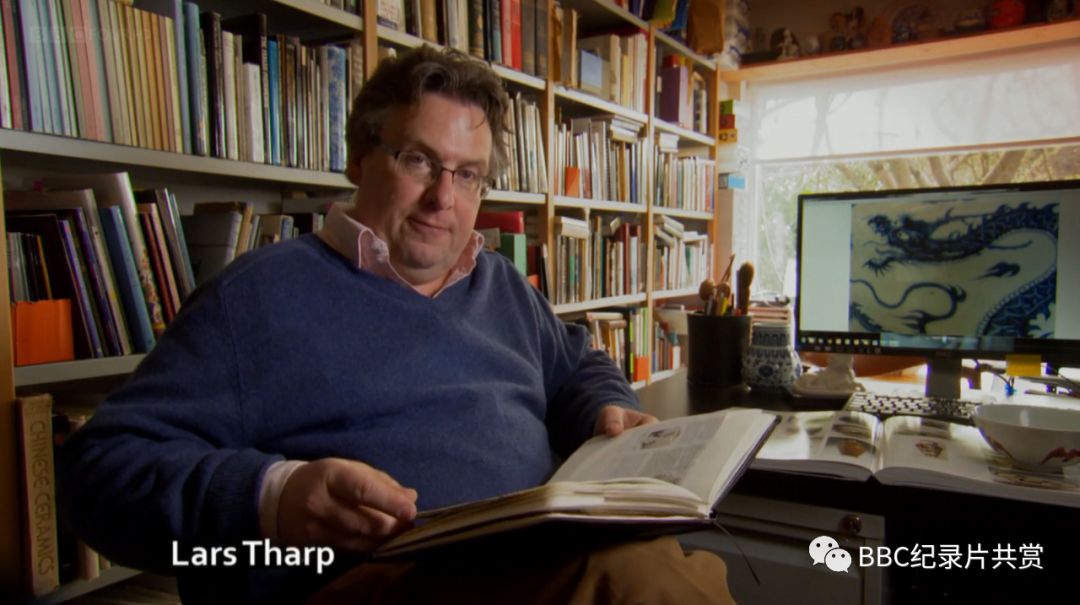BBC host and antiqueist Lars Tharp has selected six pieces of porcelain on display at the British Museum, the oldest of which dates from the Northern Song Dynasty and the most recent in modern China. Through these 6 pieces of porcelain, we can trace the era in which they are located, understand the mainstream values of society at that time and the mainstream aesthetics of people.

The first work is a basin, produced in the Late 11th century AD during the Northern Song Dynasty. The pot is round, the body is almost pure white, and the inside and outside are hand-carved patterns. It belonged to the Ding kiln porcelain and was used by literati and scholars at that time.
In 1127, the Song Dynasty was forced to move from Kaifeng to Hangzhou, which had a pleasant climate and the Song rulers loved it and soon settled the capital here.
At that time, in the Northern Song Dynasty, the status of scholars was very high. The foundation of calligraphy is the foundation of any scholar, and the scholar's side is often filled with pen and ink and paper. At that time, the aesthetics of scholars were also very high, they liked to use beautiful things, they believed that only these things could match their spirit, which led to the birth of the first work.
In the Song Dynasty, which was dominated by the academic style, the society was very calm and orderly, and its main thought was Confucius thought.
The second work is a cup, produced in the Southern Song Dynasty in 1200 AD. This cup has a moderate weight, unique color, and a certain texture, and it belongs to the official kiln porcelain.
During the Southern Song Dynasty, the trend of archaeological excavation was very popular, and although people at that time did not know the age of the antiquities they excavated, they liked to connect with their ancestors, so they made a second work according to the shape of the excavated paleolithic antiquities.
Today's Hangzhou people are still proud of their Song Dynasty history, and they built theme parks and representative architectural landscapes in Hangzhou to connect with the Song Dynasty.
The third work is a cloisonné altarpiece, produced in the Yuan Dynasty in 1351 AD, which is the earliest cloisonné porcelain.
The social status of Yuan merchants was at the bottom, but they promoted the spread of Chinese cloisonné porcelain: they shipped Chinese porcelain to the West, and then from the West other items to China for sale.
The fourth work is a teapot, produced during the Qing Dynasty in 1700 AD, this teapot was produced in the Yongzheng Era.
At that time, the Yongzheng Dynasty, tea connected people, they drank tea together, planted tea together, planted rice, built the Great Wall and dug the Grand Canal, creating a brilliant Yongzheng Dynasty.
At that time, the literati and scholars of the Qing Dynasty liked tea and wine, they regarded tea and wine as things that could represent truth and beauty, and Yongzheng also liked to receive his ministers with tea and wine.
In today's China, tea is still very popular.
The fifth work is a decorative pendant inside a palanquin, produced in the Qianlong era. The appearance of the pendant looked very European, and Qianlong was also a more fashionable emperor at that time, and he liked European architecture and art.
The sixth work is a flower, produced in 1999, by an artist in Beijing. The appearance of the flowers is very European, but it also has its important metaphors.
These 6 pieces of porcelain are all beautiful and valuable objects, more or less reflecting the age of the time.